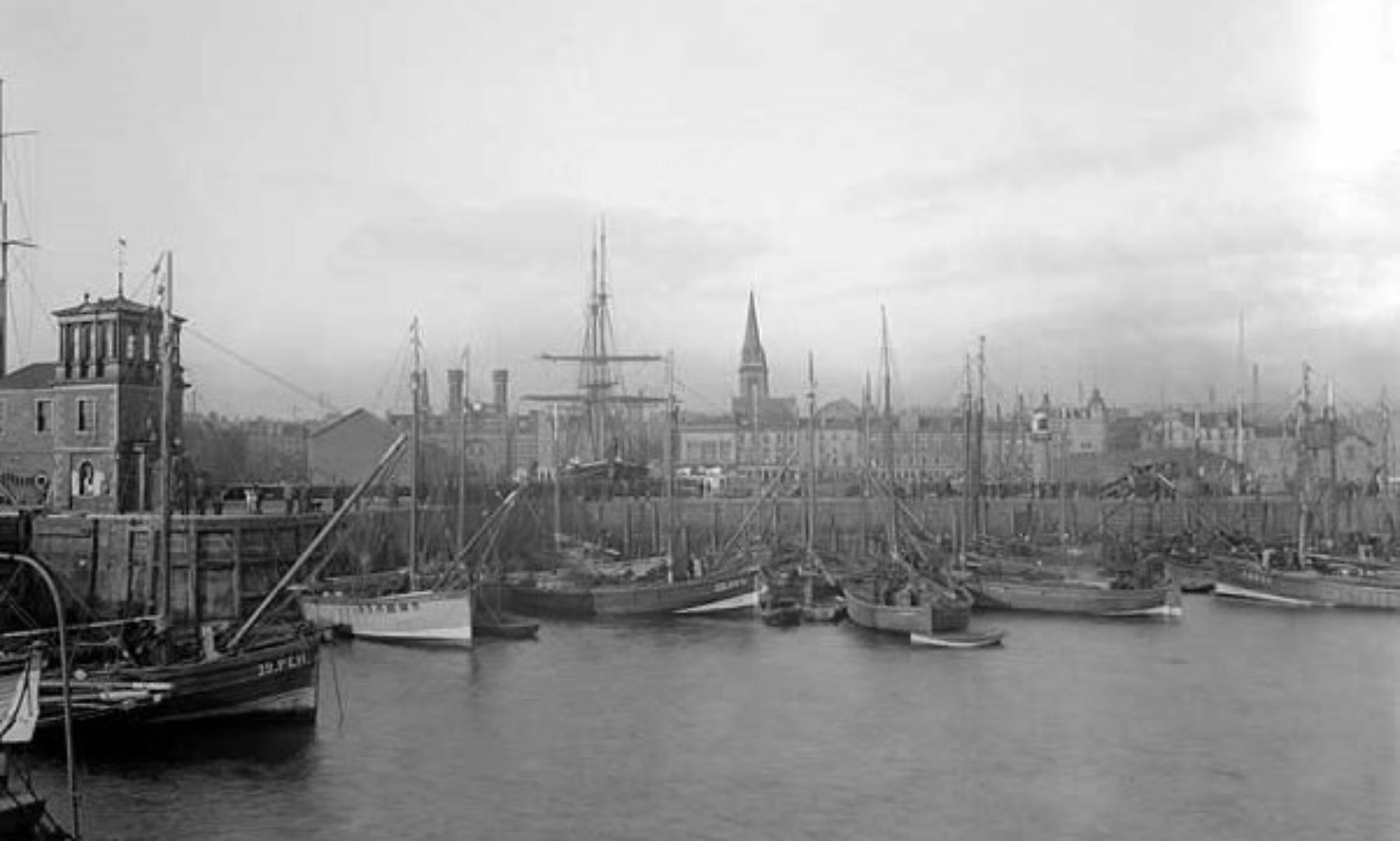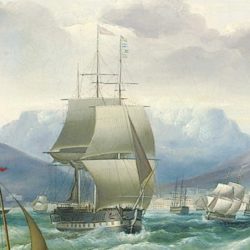This website is devoted to understanding the experience of emigration through the story of one Scottish family.
Emigration is one of the world’s biggest challenges. Thousands of people are on the move, fleeing war, terror and ecological disasters. There are also thousands more who are looking for a better life: an education for their children, and an opportunity to advance financially and socially. The distinction between ‘economic migrants’ and ‘refugees and asylum seekers’ is made each day by immigration officials, and this differentiation can make the difference between life and death for some. But these labels are misleading, masking as they do the very real crossovers that exist between forced and unforced migrants, as this study of emigration to Australia will make clear.
Richards (1989) argues that migration to colonial Australia was ‘the longest and the most difficult mass migration in human history’. More than 1.6 million migrants came to Australia in the nineteenth century, a large number of whom were escaping urban and rural poverty in Scotland and Ireland; ‘their history’, Richards asserts, ‘has yet to be written’ (page 7).
This study takes as its starting-point the story of one such migrant, George Robertson Nicoll, a shipwright from Dundee, who travelled on an assisted passage to Sydney in 1848 with his wife Sarah Baird (a linen power loom weaver) and their infant son, George Wallace Nicoll. Over the next 50 years, George (senior) kept a journal of what he called his ‘life and adventures’, and he also self-published a short book in 1899 with the wonderful title, Fifty Years Travels in Australia, China, Japan, America Etc. Through George’s first-hand account, we learn about the Californian gold-rush, about gold digging in New South Wales and Mount Alexander, about farming in Victoria, and about shipbuilding in Sydney. We also hear about family life, and about the births and deaths of children and close family members. And we discover, perhaps most significantly, that emigration was not a one-off experience. On the contrary, George kept his Dundee connections alive through visits ‘home’, in spite of the 90-day passage from Sydney to London.
What I have done so far is a close read of George Robertson Nicoll’s 368-page hand written journal and 224-page book. I have also researched more widely: primary sources (newspaper reports; genealogical sources; other histories) and secondary sources (academic research and fictional accounts in relation to emigration, Dundee history, Australia, shipbuilding and weaving etc.). I have visited places of interest in Scotland, including the archive and local history rooms in Dundee, and three former mills in Dundee and Perth. And I plan to visit Australia in the autumn to follow the Nicoll trail there. I have also set up a community of interest on the social networking website, Facebook, as a way of connecting with individuals and sources in Australia, and this has already generated contacts that were previously unknown to me.
And this is where I have to admit a personal interest in this story – George Robertson Nicoll’s eldest brother James is one of my forebears. I will set out the family tree in more detail in a subsequent post, but for now, it is fair to say that I feel a closeness to George, Sarah and all the Nicolls that followed not least because in uncovering their story, I begin to see my own in a new light.
The biggest challenge I now face is how to manage the huge amount of data that this amazing story will uncover; my intention is that this website will allow me to share as I go along, and so allow others to have an input into this developing project. So if you have information about the Nicoll family, or have carried out a similar project, please get in touch with me through Facebook or Twitter (@VivCree).
Viviene E. Cree
Reference: Richards, Eric (1989) ‘Annals of the Australian Immigrant’, in Richards, E., Reid, R. and Fitzpatrick, D. (eds) Visible Migrants. Neglected Sources for the History of Australian Immigration, Canberra: Department of History and Centre for Immigration and Multicultural Studies, Australian National University.

